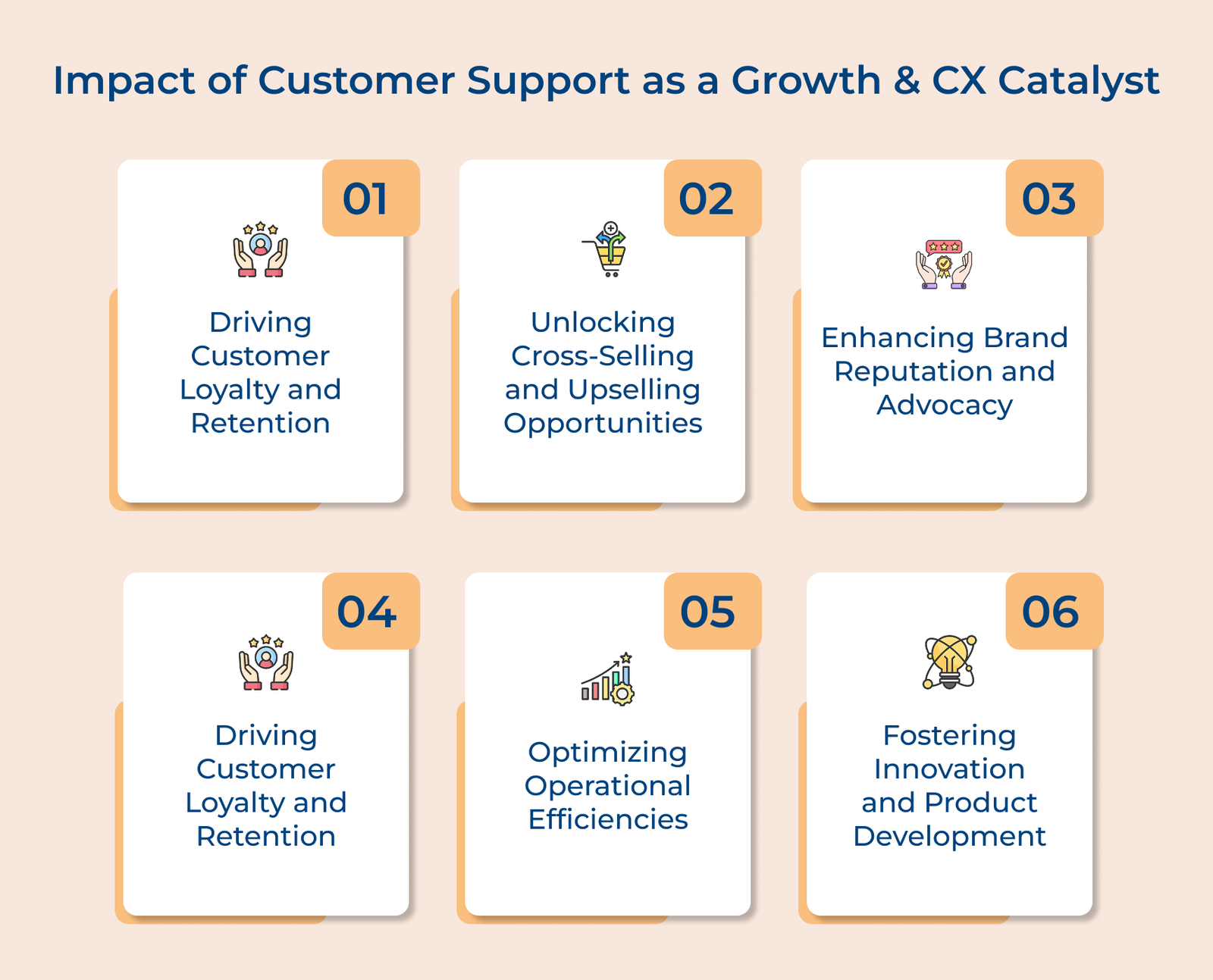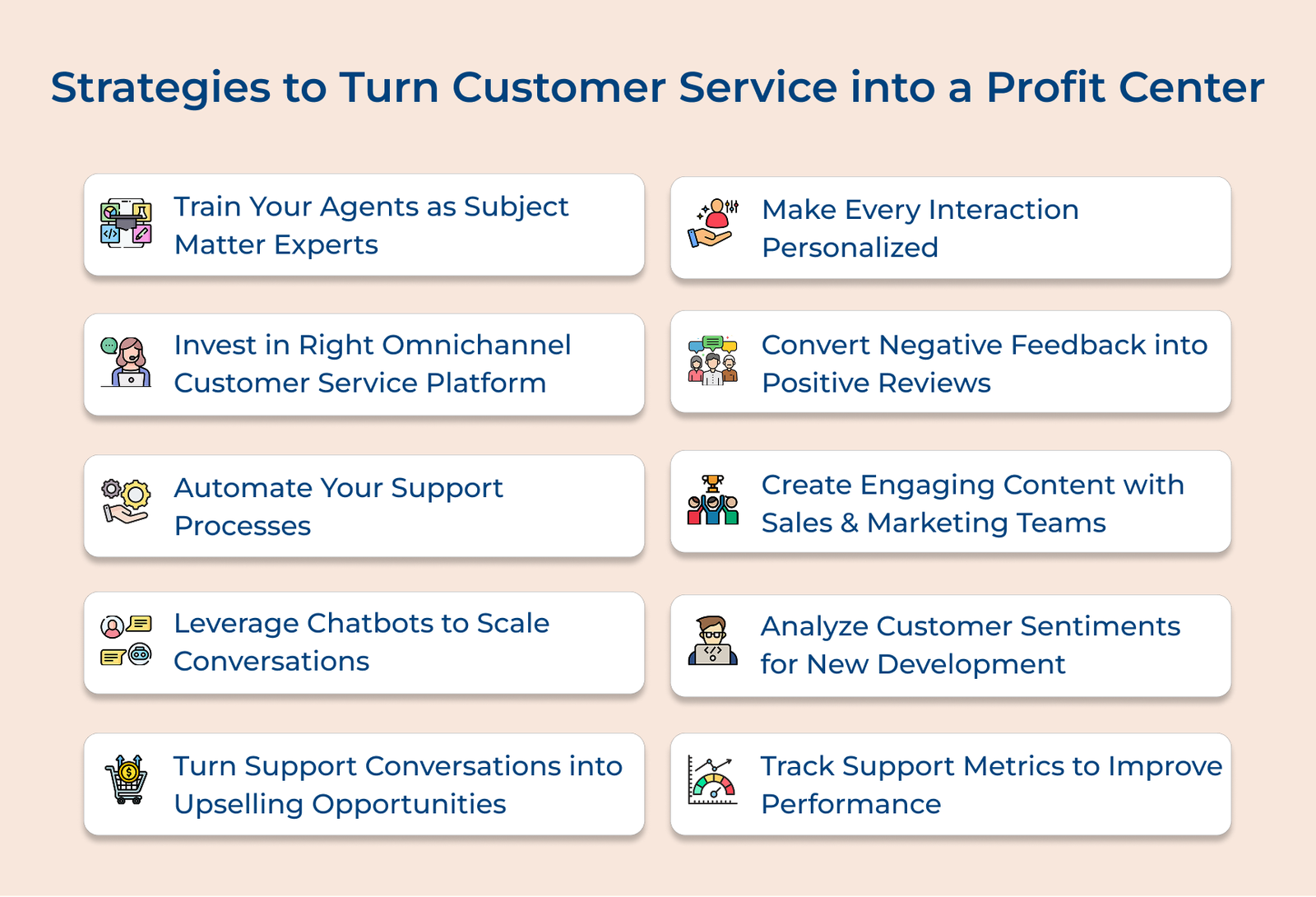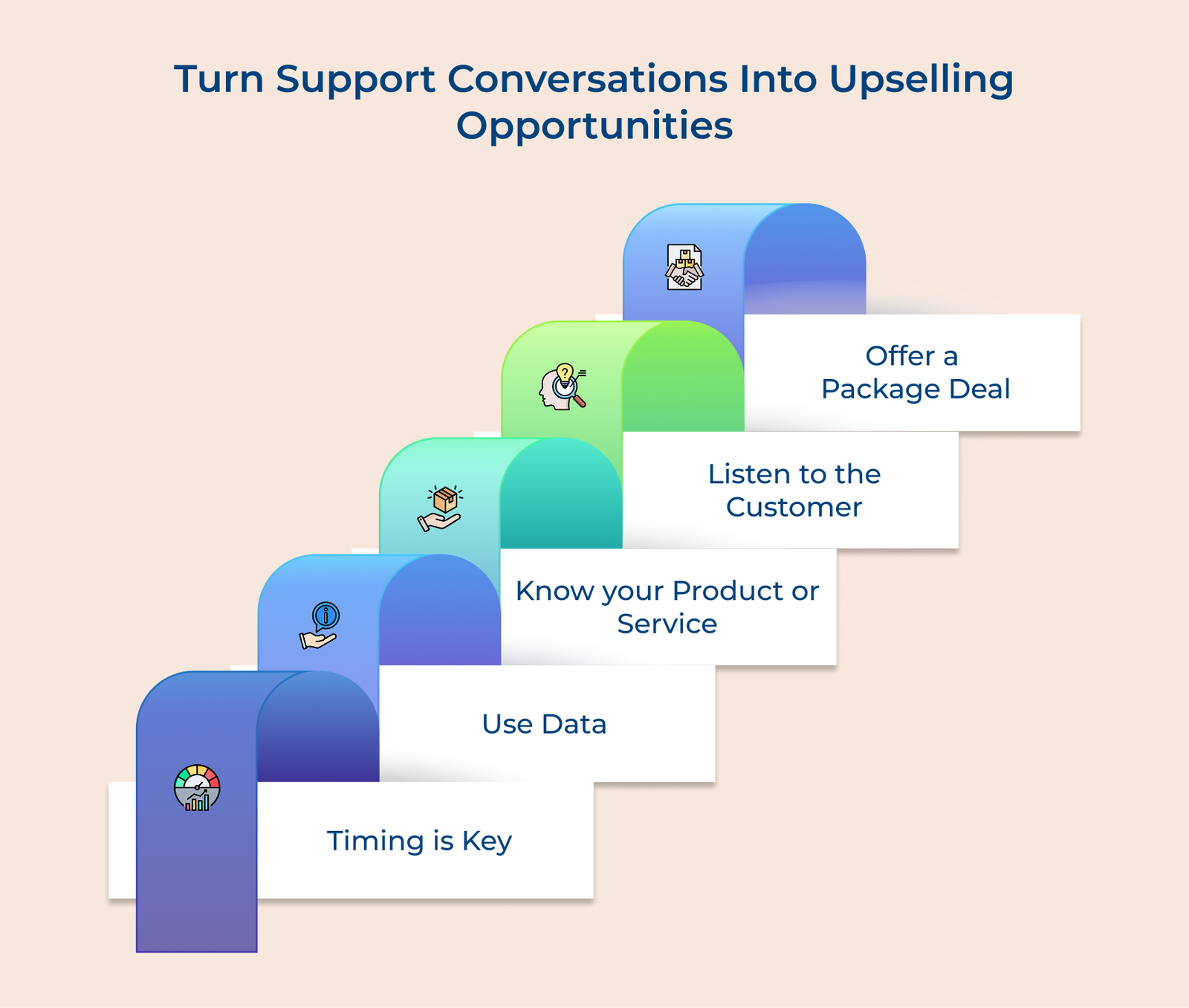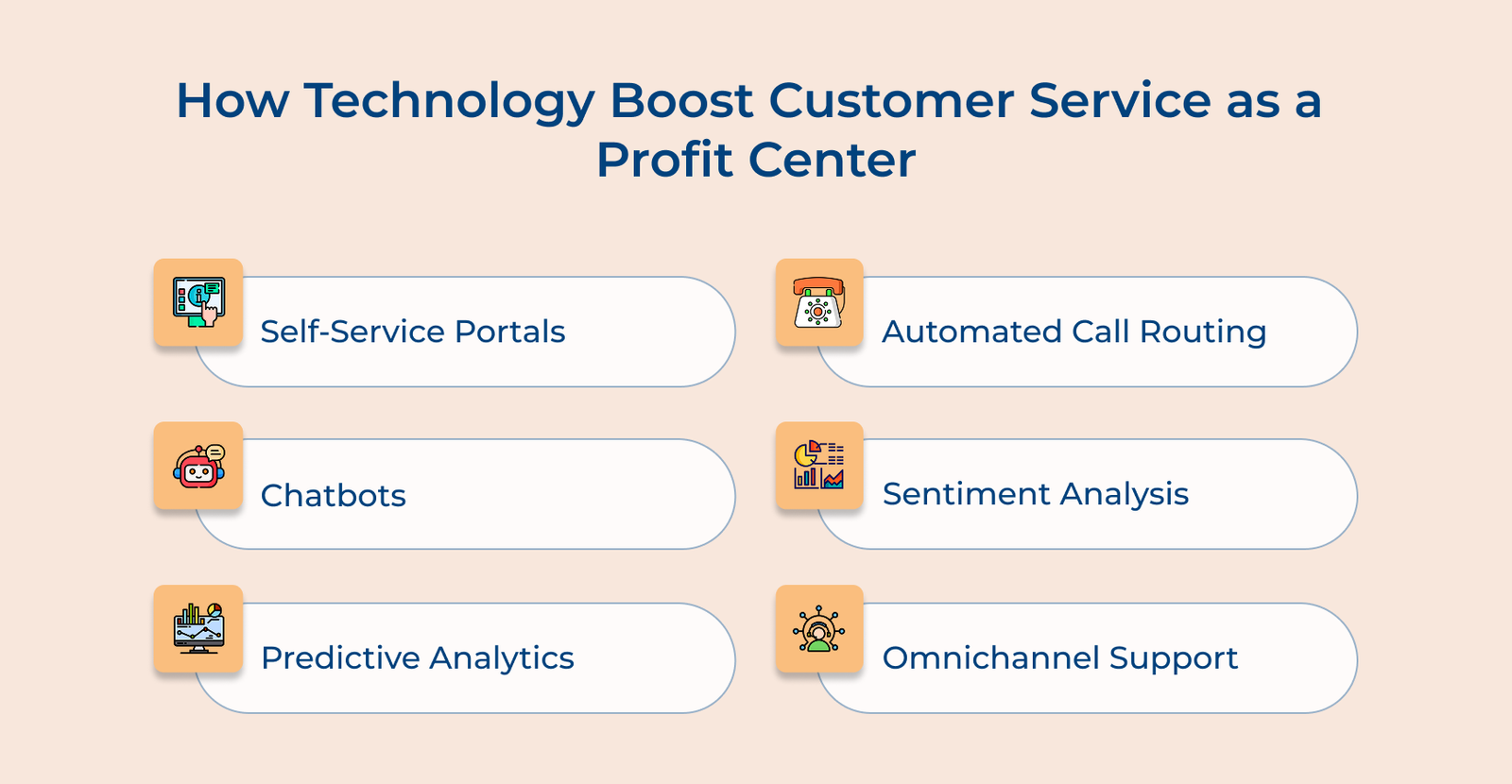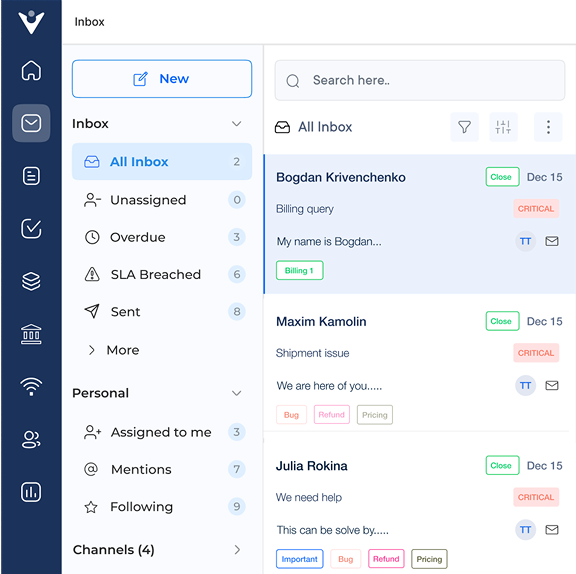The strategy not only creates new revenue opportunities but also elevates the customer experience by delivering personalized solutions and genuine added value.
Best practices:
- Empower agents with in-depth product training, ensuring they have the expertise to recommend tailored solutions that truly resonate with customers.
- Create a dynamic framework that uncovers upselling opportunities by analyzing customer profiles, purchase histories and support inquiries.
- Establish performance metrics that focus on successful upselling to inspire and empower agents, driving their motivation.
6. Make Every Interaction Personalized
When customers feel truly understood, they’re more inclined to connect with the brand, spread the word and stay loyal, even when faced with tempting competitors. 71% of customers expect businesses to provide personalized interactions.
Personalized service not only deepens that relationship but also enhances cross-selling and upselling opportunities by delivering recommendations that cater to each customer’s specific needs.
Best practices:
- Leverage customer data to gain deep insights into individual preferences, purchase history and behavior patterns.
- Equip agents with the tools they need to create personalized experiences that draw on customer profiles and real-time interactions.
- Continuously refine personalization strategies through customer feedback, data analysis and experimentation.
7. Convert Negative Feedback into Positive Reviews
Negative reviews can dramatically affect a brand’s reputation, customer acquisition and revenue. When addressed effectively, they can serve as a powerful catalyst for product improvement and elevating the overall customer experience.
Positive reviews resulting from resolved negative experiences not only build trust and credibility but also serve as influential marketing assets, attracting new customers. Brands can turn dissatisfied customers into enthusiastic advocates by proactively addressing and resolving customer concerns.
Best practices:
- Show genuine empathy, acknowledge the customer’s concerns and take swift action to resolve the issue.
- Implement a systematic approach to monitoring and responding to negative feedback across all channels, ensuring a consistent response.
- Reconnect with customers after resolving their issues and invite them to share their positive experiences through reviews or testimonials.
8. Create Engaging Content with Sales & Marketing Teams
Compelling content not only draws in potential customers but also strengthens existing relationships, enhancing trust. When customers view a brand as a credible source of information, they’re more inclined to explore additional offerings, fueling growth.
Businesses can streamline the sales process, equipping their teams with the tools they need to address objections and close deals with confidence by incorporating customer service insights into collaborative content.
Best practices:
- Form dynamic cross-functional teams that bring together talent from customer service, sales, marketing and subject matter experts.
- Leverage customer service data, including frequently asked questions, feedback and pain points, to identify content opportunities.
- Create an exciting content calendar that syncs with your sales and marketing campaigns, ensuring a seamless experience for your customers.
9. Analyze Customer Sentiments for New Development
When customer service agents truly listen to customer feedback, they unlock valuable insights into the challenges and aspirations that shape customer behavior. The understanding can fuel product development, ensuring that new features resonate with customer preferences, boosting adoption and driving revenue growth.
Incorporating customer sentiments into the innovation process enhances a customer-centric culture, strengthening the brand’s reputation for responsiveness and value creation. It can lead to higher customer retention rates, positive word-of-mouth marketing and a competitive edge.
Best practices:
- Implement robust data collection and analysis tools to capture customer feedback across all touchpoints.
- Boost collaboration among customer service, product development and marketing teams to share valuable insights.
- Create a dynamic process for assessing customer sentiments and weaving their valuable feedback directly into your product roadmaps.
10. Track Support Metrics to Improve Performance
Support metrics empower companies to identify inefficiencies, bottlenecks and skill gaps in their customer service teams. Businesses can streamline processes, cut operational costs and boost agent productivity by addressing the challenges.
Tracking metrics related to upselling, cross-selling and customer retention uncovers valuable revenue opportunities right within the customer service function.
Best practices:
- Establish clear KPIs aligned with business goals and customer expectations.
- Invest in robust analytics and reporting tools to analyze data from multiple sources.
- Enhance a culture of continuous improvement by consistently sharing performance insights and actively involving agents in the problem-solving process.
How Technology Can Amplify the Customer Service as a Profit Center
We will explore how technology can serve as a profit center for a business by optimizing customer service efforts.






